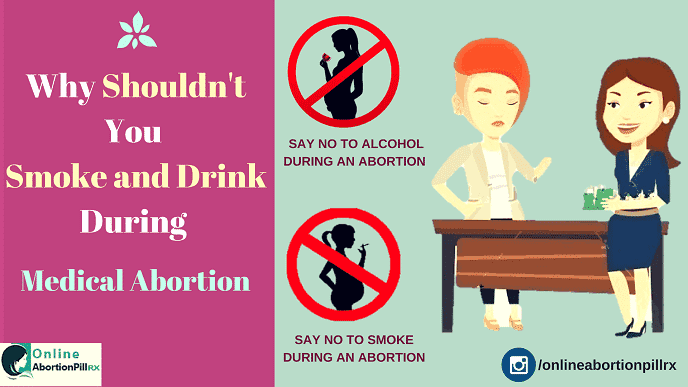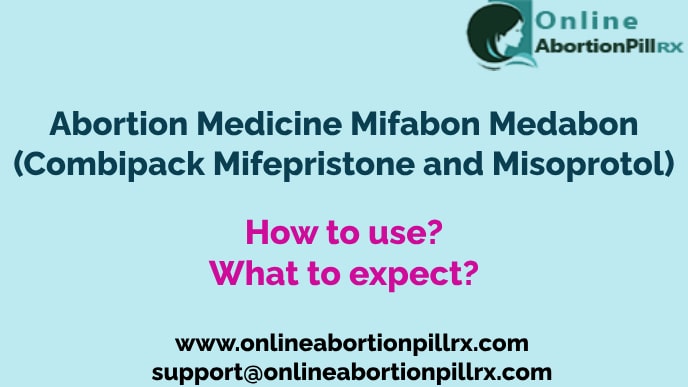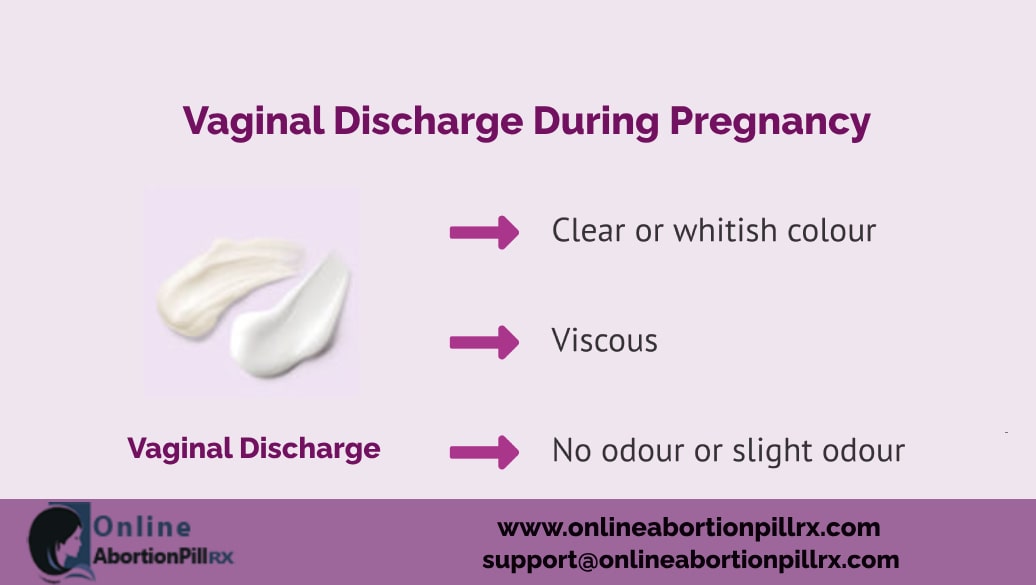Abortion Methods
April 19, 2016 6:42 am Leave your thoughtsA female can choose from three types of abortion methods- medical (use of medicines), surgery (invasive technique utilizing instruments), and chemicals (injectable drugs or chemicals for ending pregnancy). Here is an in-depth analysis and information of these pregnancy termination methods mentioned below. Users are requested to know that the details are purely informational, and the medical practices in real may or may not differ. Speak to doctor before proceeding with any of these techniques.
Medical Abortions
In medical regimens, administration of FDA approved drugs is done to abort the fetus. A female can take the abortion pills at home without the presence of doctor required. This system is followed in early trimester when a woman is between 4 to 10 weeks pregnant. Any procedure above this gestation age is done by invasive technique. The person may require three follow-up visits to doctor, one to get the medicines, second to note the progress, and third (after 14 days of treatment) to analyze if medicines worked to end the pregnancy.
In case by some possibility the abortion pills fail, then surgical intervention is done to complete pregnancy termination. However, a majority of pregnancy endings are done in the first trimester only, and abortion in late-term is very rare. The medical process is noted the best and effective in early pregnancy, and has 95-98% success rate.
Some of the common medicines and their way of working are included below:
- Mifepristone (RU-486) & Misoprostol: This oral drug blocks progesterone hormone, which the body produces otherwise to maintain and develop uterus lining. This supportive lining holds the pregnancy parts. The endometrial lining provides protection and nutrition to the fetus, which stops once Mifepristone breaks this support. A second drug (Misoprostol) is utilized to cause womb contractions so the deadened fetus and pregnancy tissues are expelled from the uterus.The woman bleeds heavy in the regimen and passes blood clots. Normally, it takes more than 10 days to successfully oust the contents from womb. The user may face few side effects such as diarrhea, vomiting, and abdomen pain, cramping, nausea, headache, tiredness just like in natural miscarriage. But, these cease on successful abortion.
- Methotrexate: Being an oral drug containing a chemical, it is stops the growth cells in unborn and nullifies the life support needed for survival. The fetus perishes as the medicine takes effect. Misoprostol is further taken to produce uterus contractions in pushing out the pregnancy parts from the person’s womb. Bleeding, cramps and side effects are the same as reported above.
- Salt Poisoning: This method is followed in the second or third trimester. The practitioner uses a needle to inject the salt in the woman’s womb, which goes in the amniotic fluid sac of the fetus. The unborn ceases to exist with the chemicals in an hour. The female then is made to go in labor for one or two days to deliver the deadened baby.
- Prostaglandins: Again, this kind of drug treatment is meted on second and third trimester. Here, the woman is injected with prostaglandin hormone in her amniotic sac. The chemical causes premature labor and cramping required in removing the pregnancy from womb.
Surgical Abortions
For getting rid of a pregnancy in different trimesters, specific surgical processes are engaged. These are done under observation of necessary medical staff. The woman is cared for with all the precautions maintained for her wellbeing. The surgical method is quick and highly successful. Normally, the female can leave the clinic within a day, or may be kept in observation for longer in case of late-term terminations.
Compared to medical system, the surgical one can be initiated only after the female completes 6 weeks of her pregnancy. However, the time taken is less and bleeding also is lesser than the drug regimen. The costs to such abortion depend on the place the treatment is obtained from and follow-up care etc. Those who find it difficult to afford surgical method, and need privacy, often choose medication process in early pregnancy ending.
Here are the following invasive procedures followed to terminate pregnancy:
- Suction aspiration: This method is mostly utilized in pregnancy’s first trimester (the first 3 months). The practitioner gently inserts a vacuum-type or suction tube instrument in the woman’s womb. The instrument has a pointy edge to remove the fetal and pregnancy sections, which is then sucked into a collection bottle.
- Dilation and curettage (D&C): The abortionist utilizes a loop shaped instrument to remove the fetal contents, and scrape the uterine wall clean. The pregnancy parts are then taken out and checked to ensure that there are no remnants in the uterus.
- Dilation and Extraction (Partial-birth abortion or D&X): This process is followed in third-trimester, when the fetus is around 32 weeks or less. The doctor reaches the fetal section with forceps and collects the whole pregnancy tissues with the instrument. Other tools that could be involved are scissors and suction tube.
- Dilation and evacuation (D&E): For pregnancy ending in second trimester, which is 24+ weeks, the doctor uses dilation and evacuation technique. Medicine may be used to dilate the cervix so that it is easier to insert the instrument. The unborn and pregnancy mass is ousted with forceps.
- Hysterotomy: Done in the third trimester, hysterotomy is described as an abortive C-section (cesarean section). The physician creates an incision in the woman’s abdomen to remove the unborn. This procedure may be performed in case of risks to the mother’s life, or some developmental complication during birth or before.
Categorised in: Abortion
This post was written by Marcella










